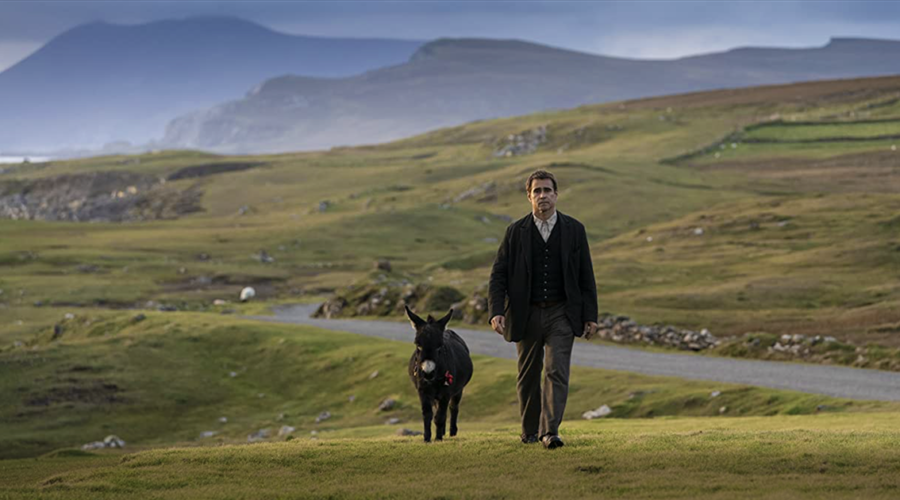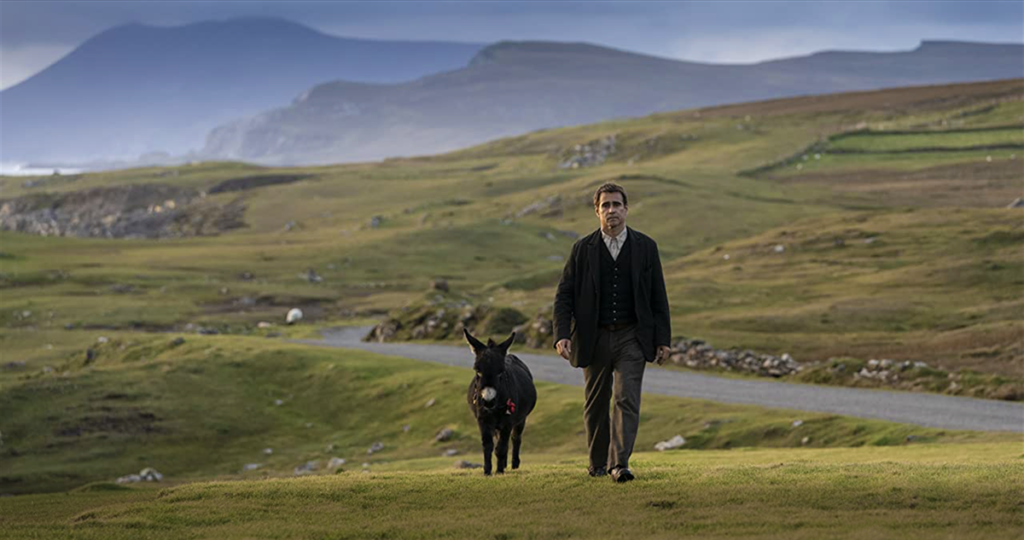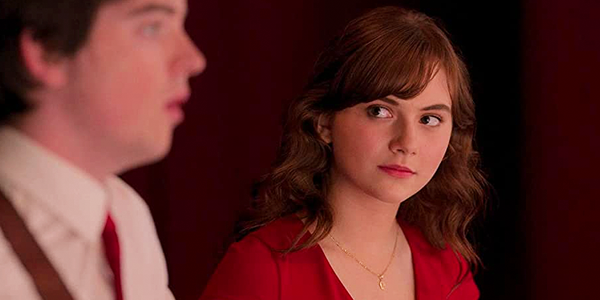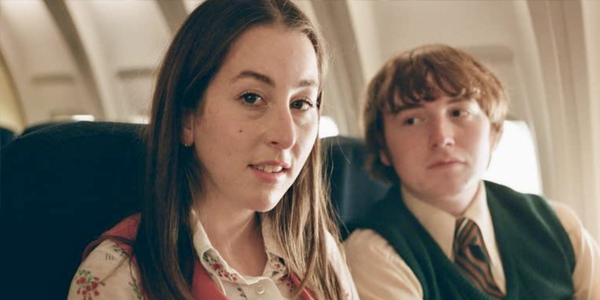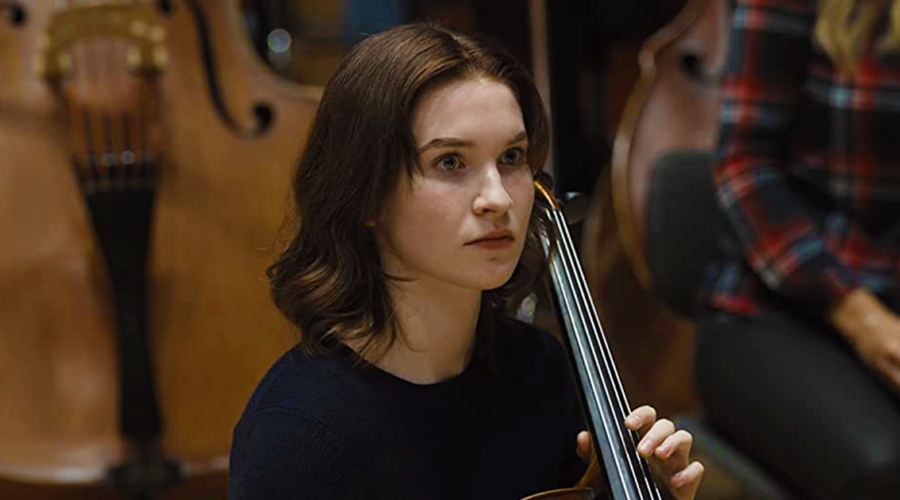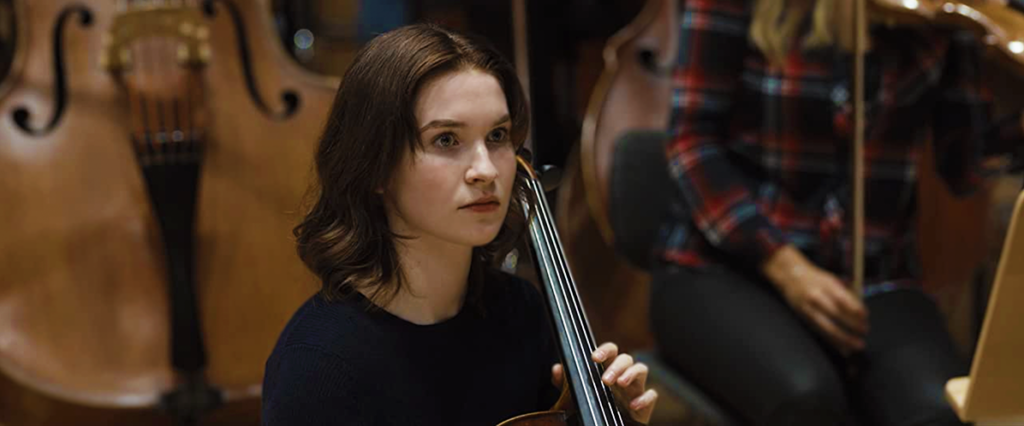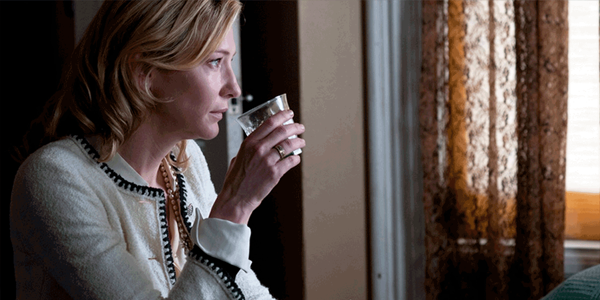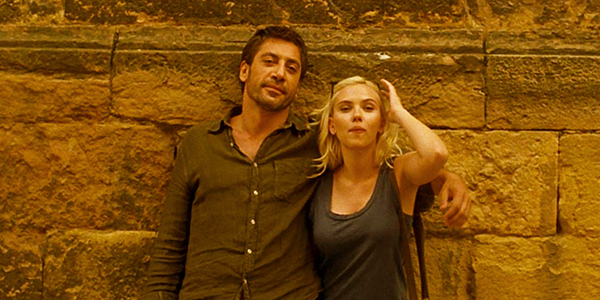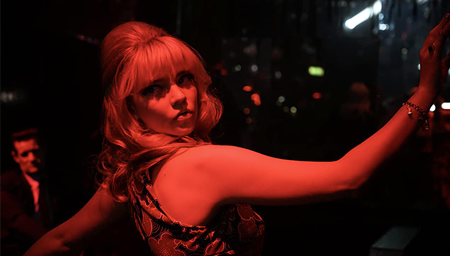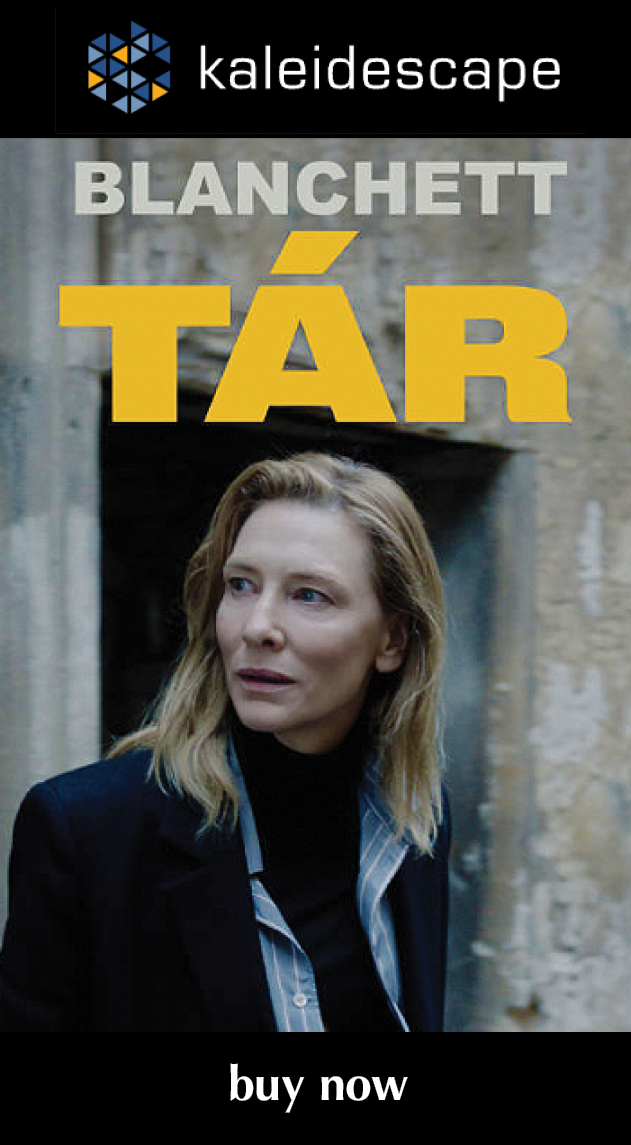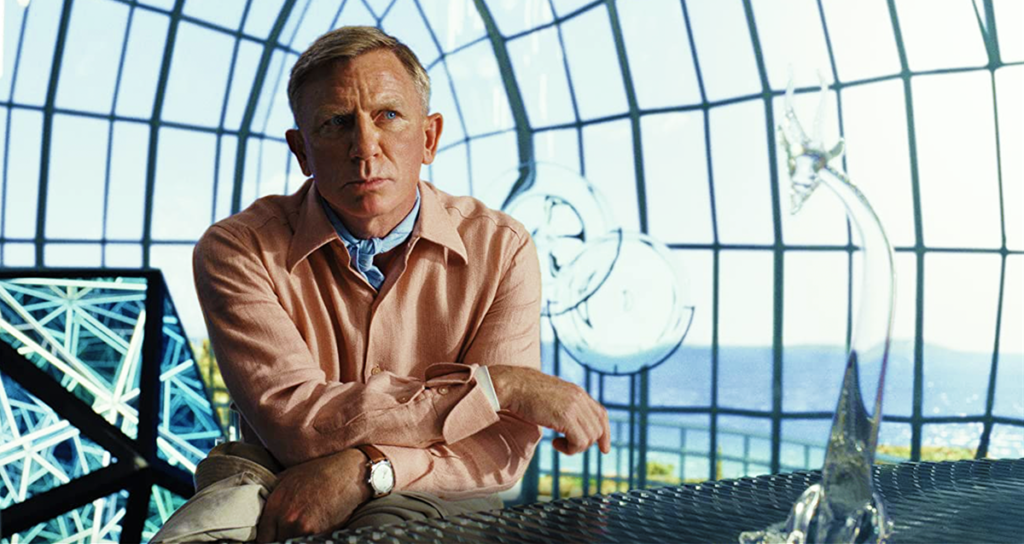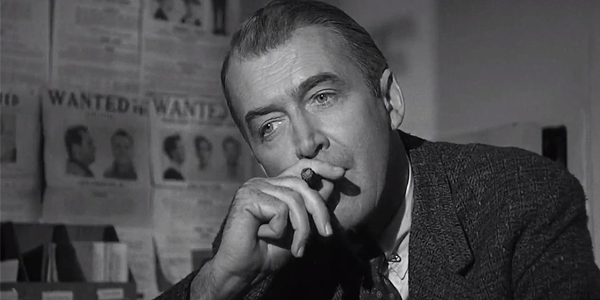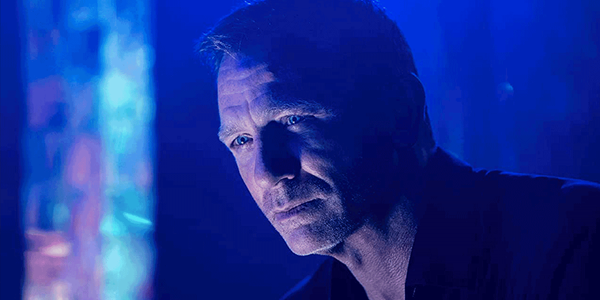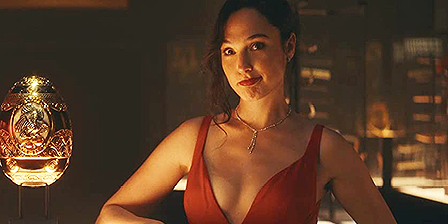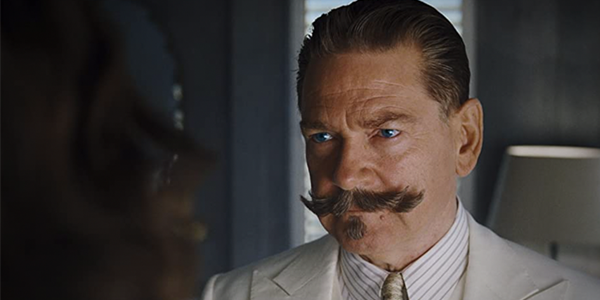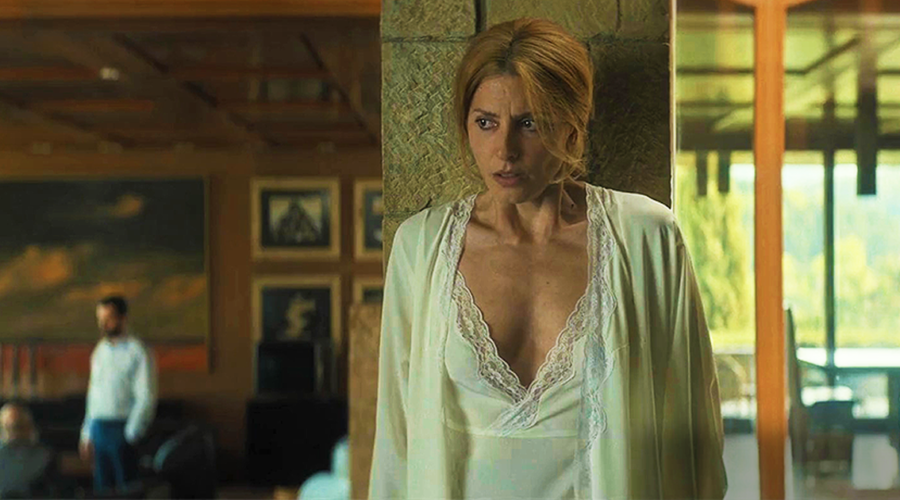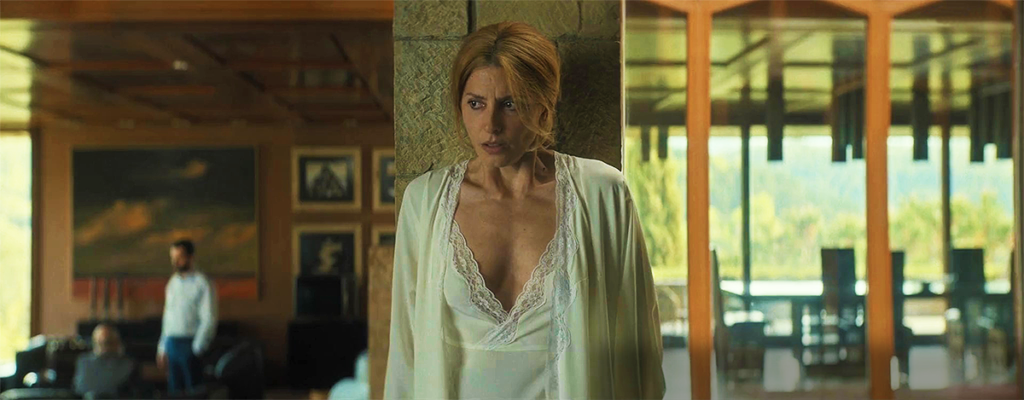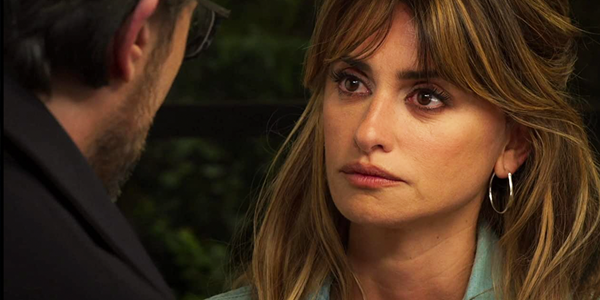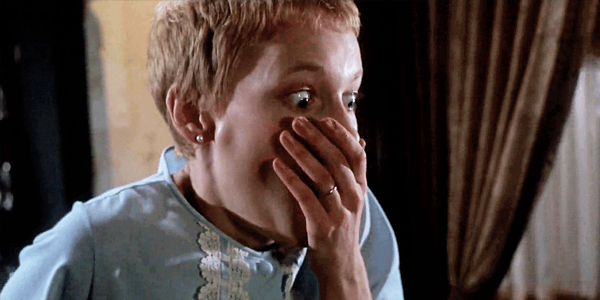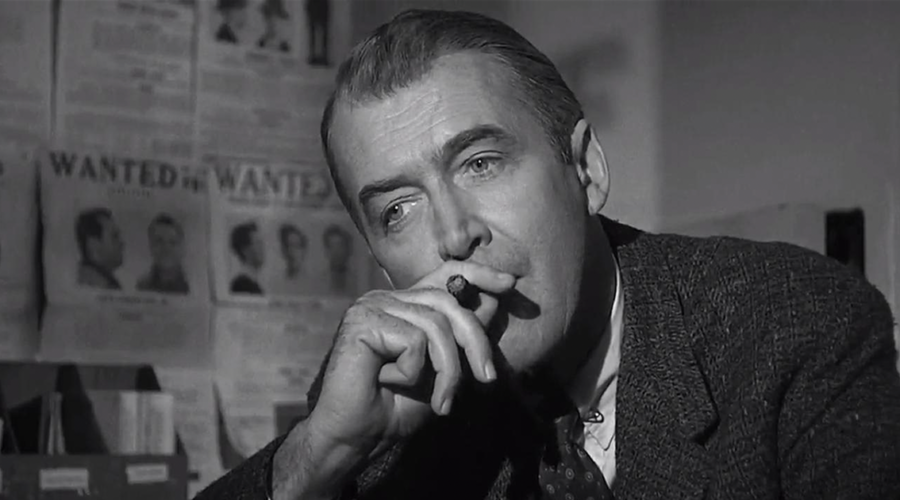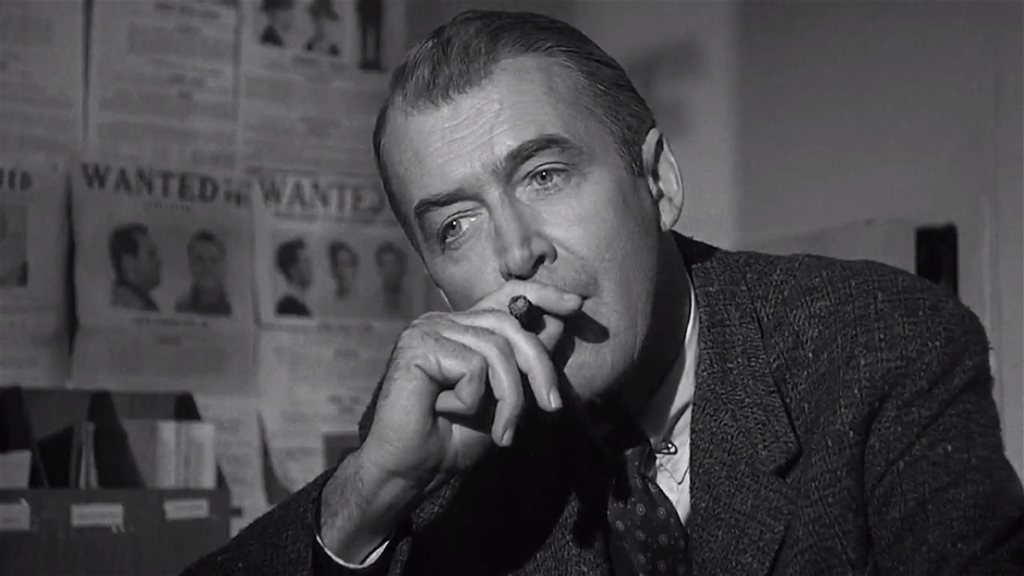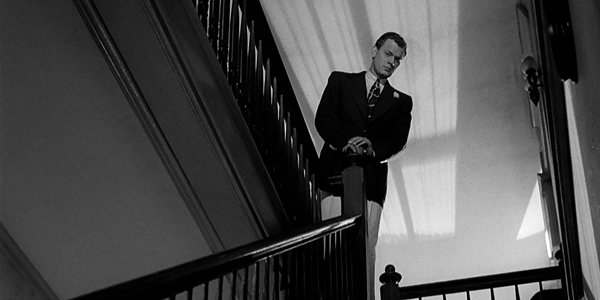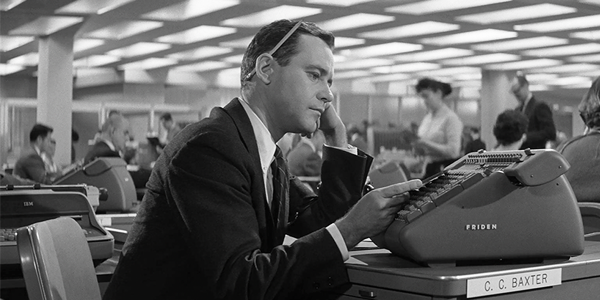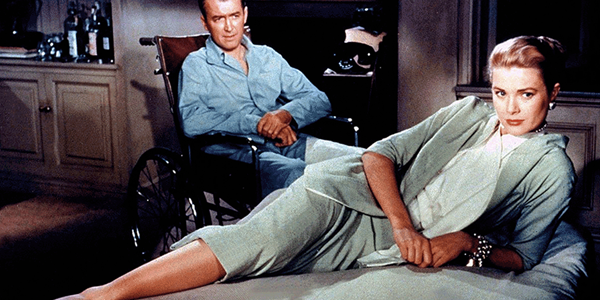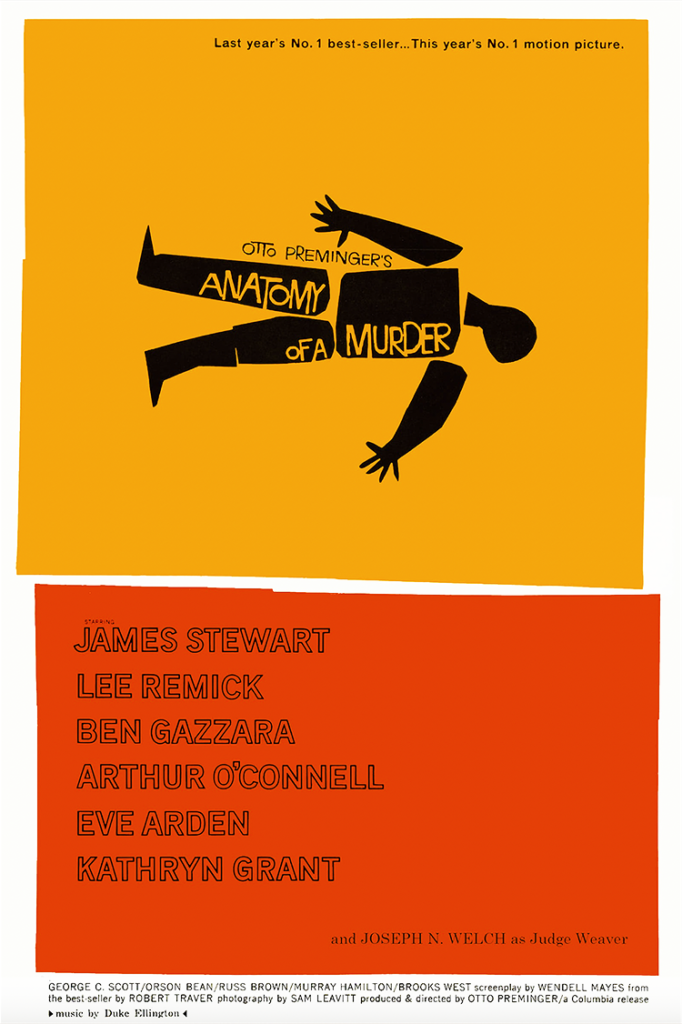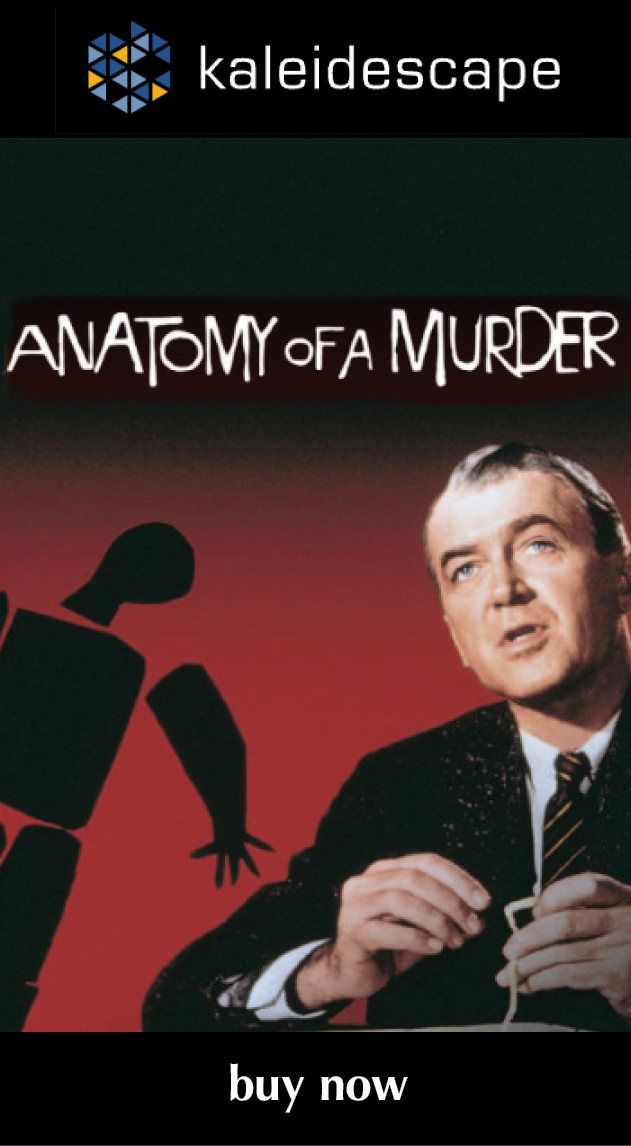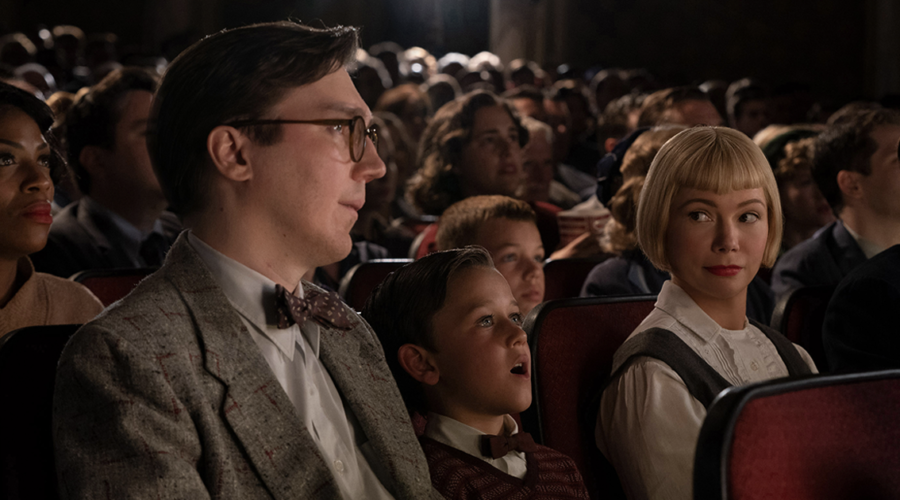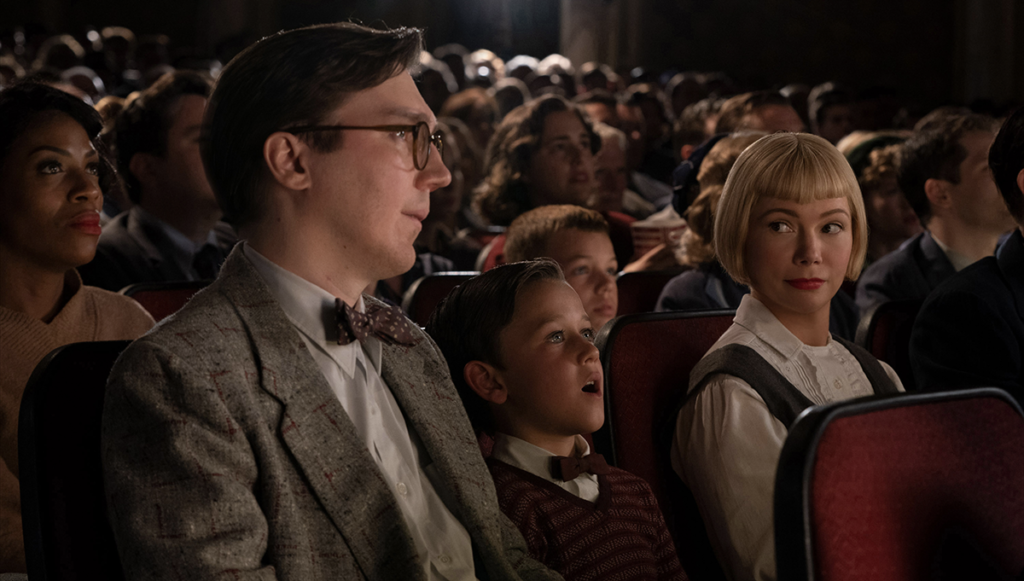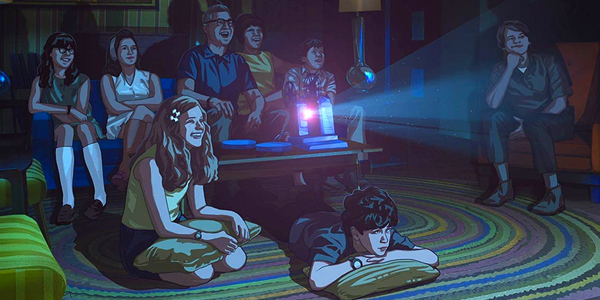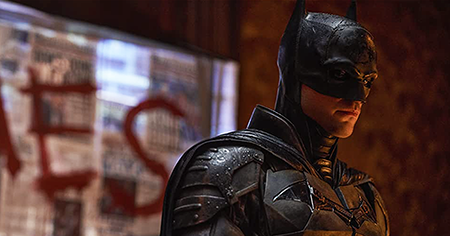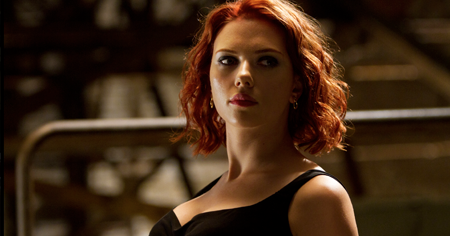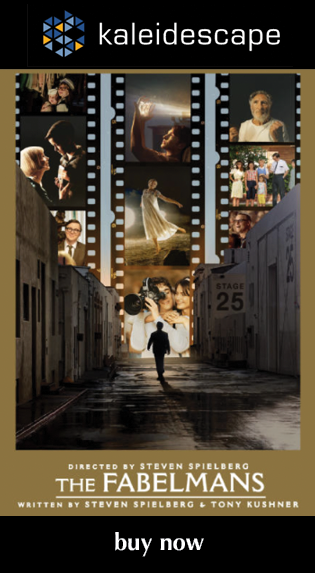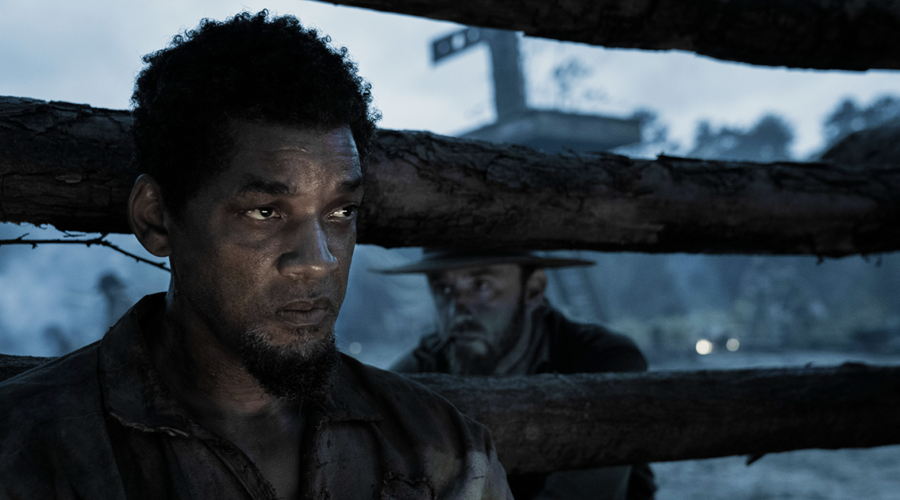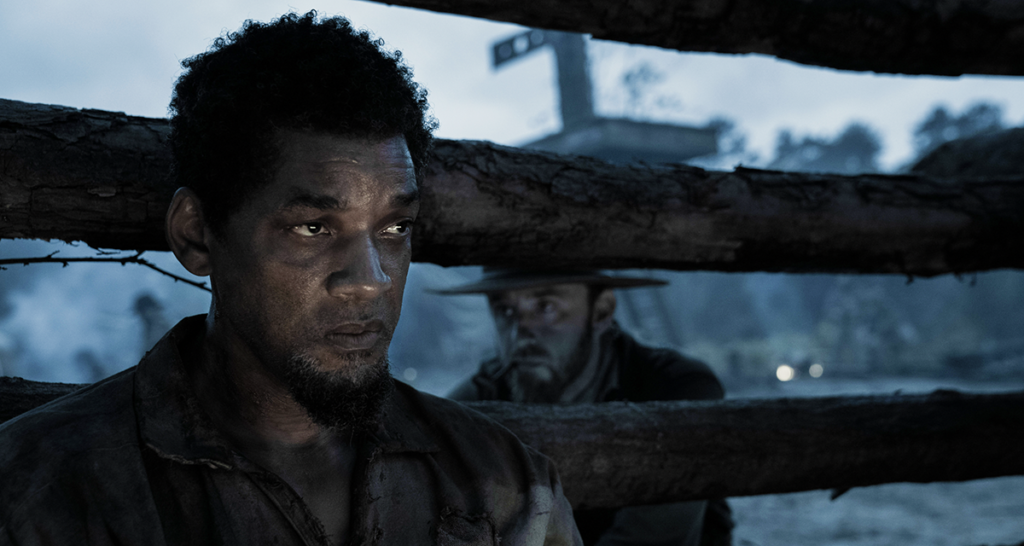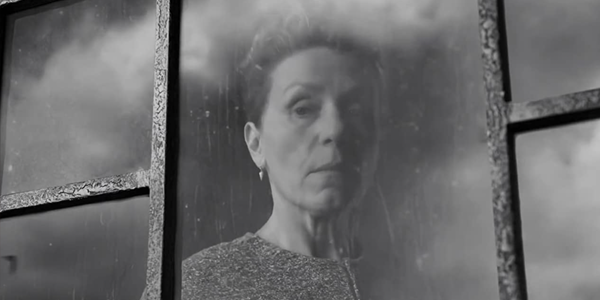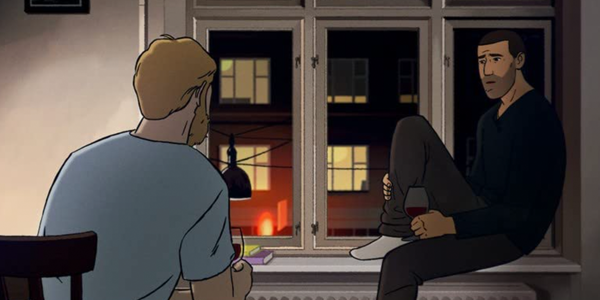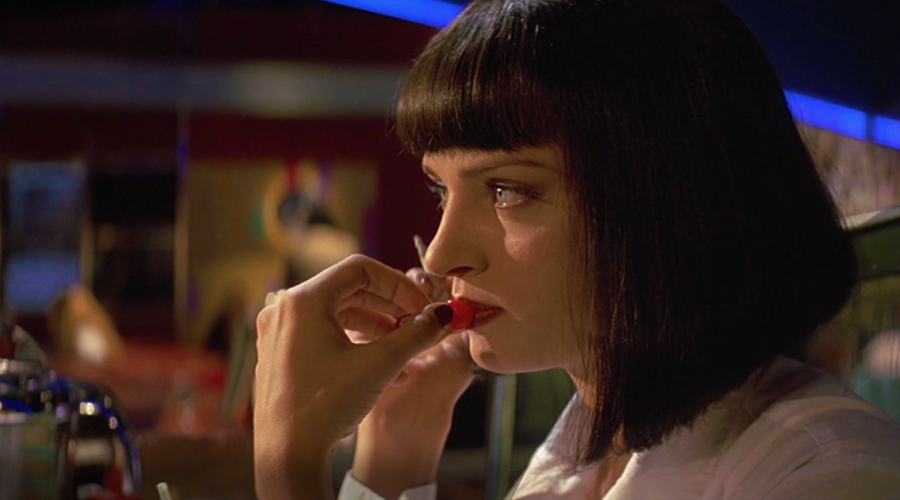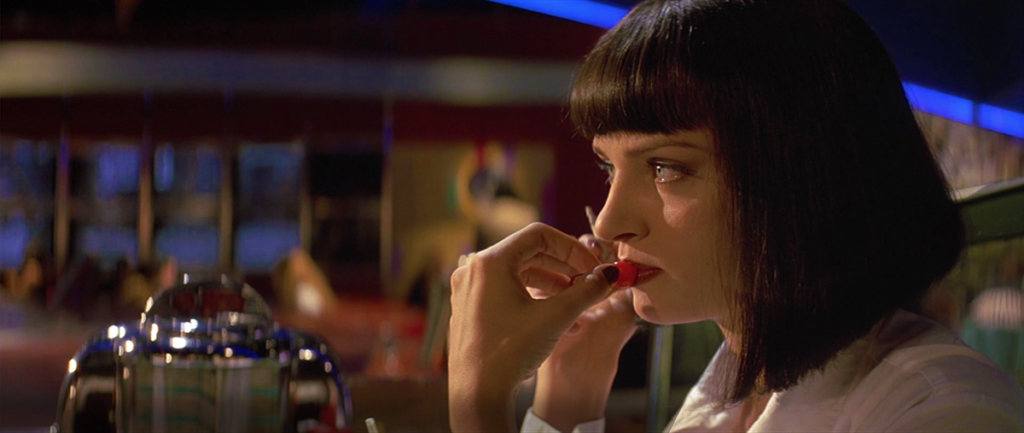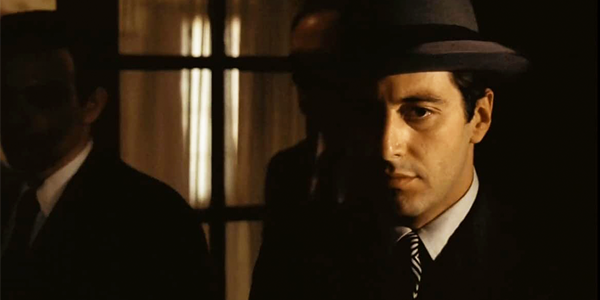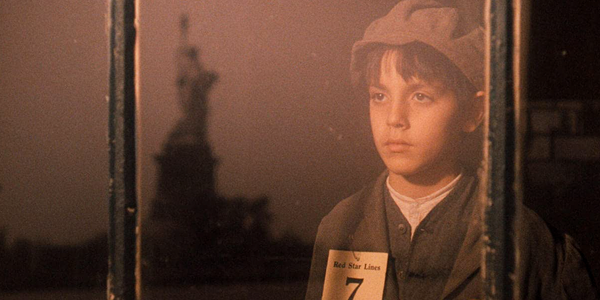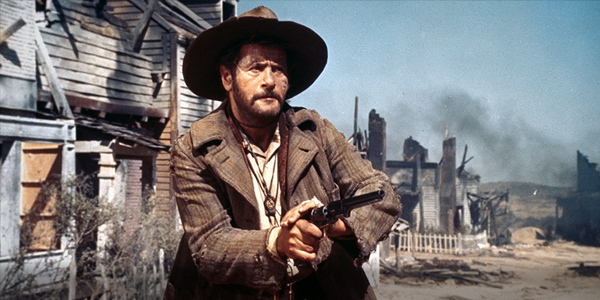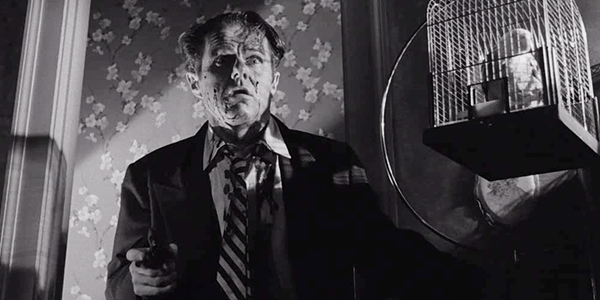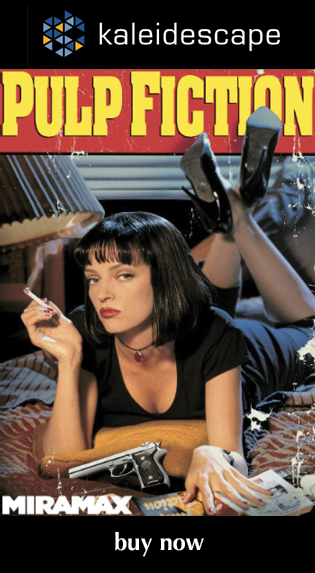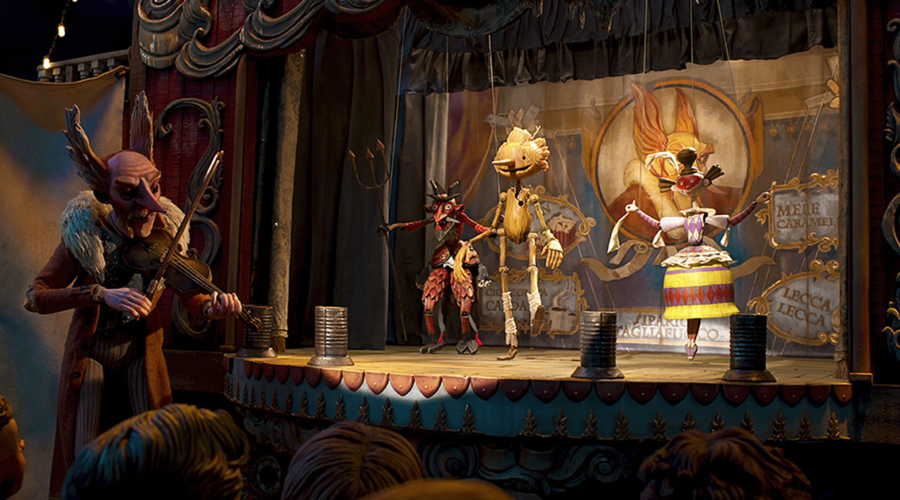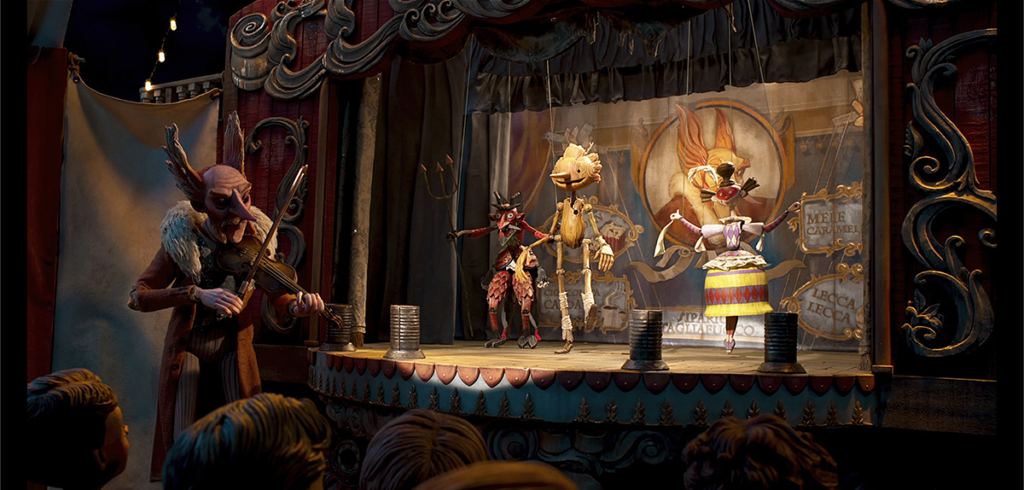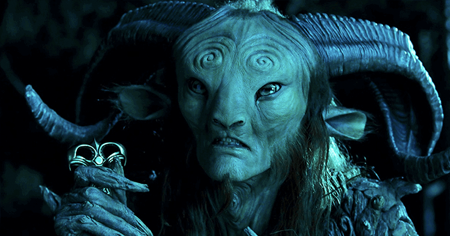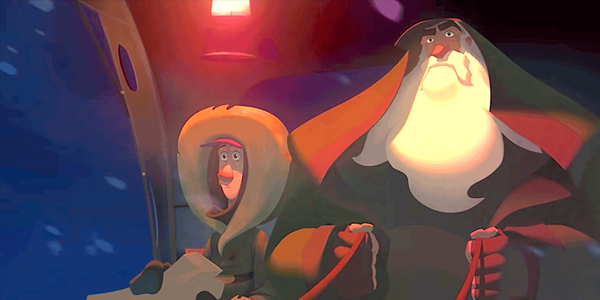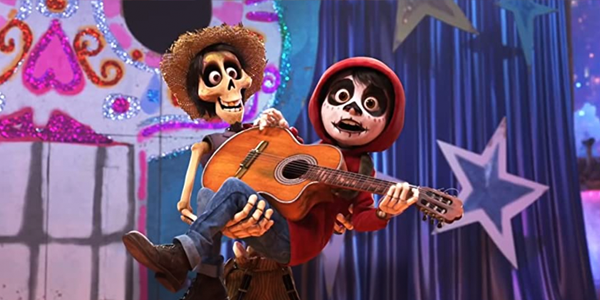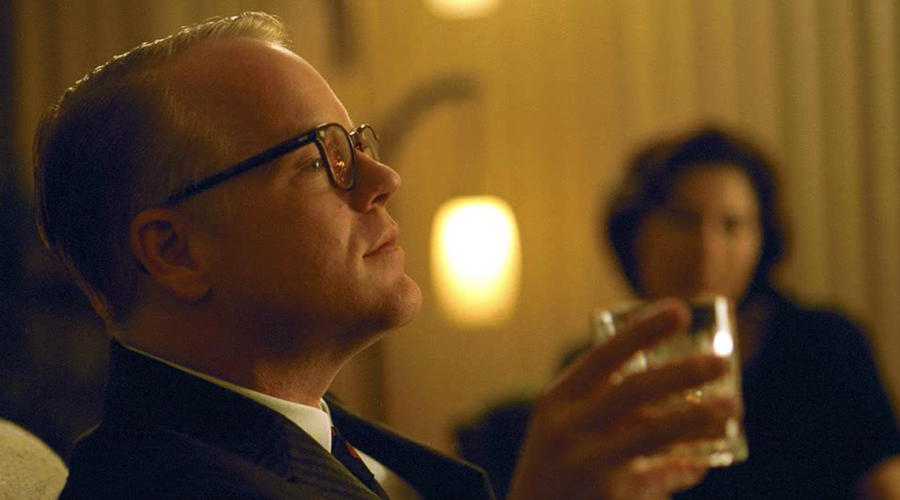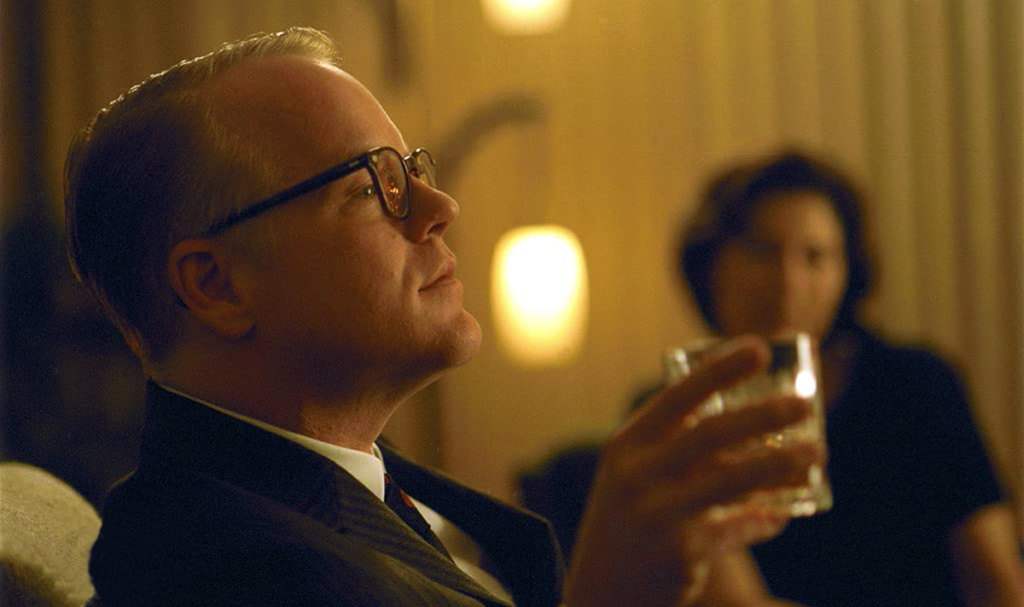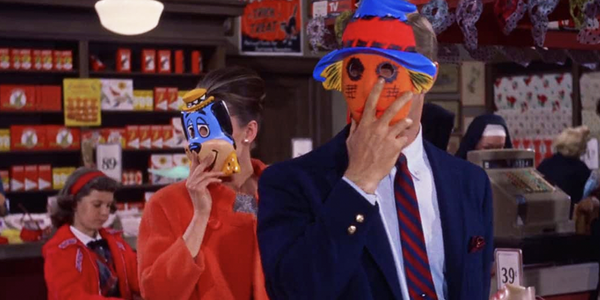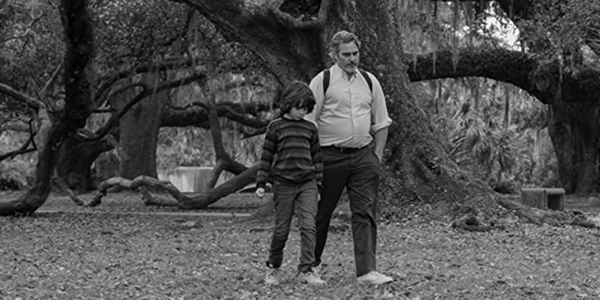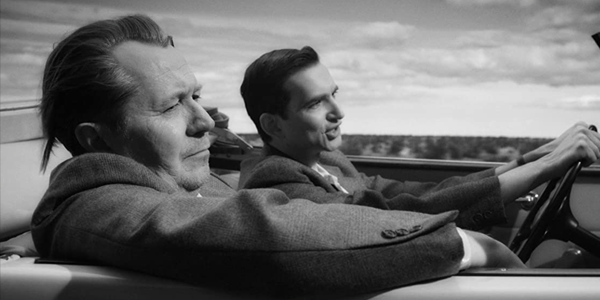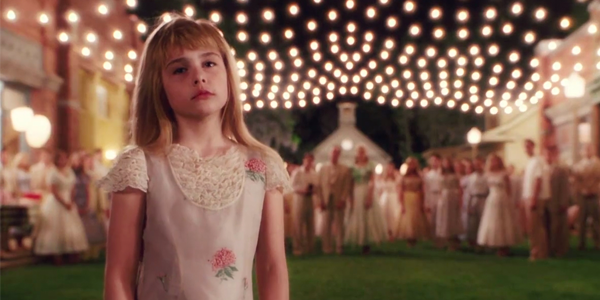Review: The Banshees of Inisherin
ALSO ON CINELUXE
Sign up for our monthly newsletter
to stay up to date on Cineluxe
This modest Irish dramedy makes for compelling viewing, especially in an HDR presentation
by Dennis Burger
January 6, 2023
The Banshees of Inisherin will no doubt go down as one of the most divisive films of this awards season but likely not for the reasons you might suspect, mainly because I can’t imagine anyone outright hating it. It’s one of the most captivating films of the year. No scene—indeed, no frame—is wasted and its closing credits seem to nip at the heels of its opening imagery. Then again, if you said you found it ploddingly paced, I’d have a hard time arguing with you.
It’s also one of the year’s funniest, but if you never laughed once I couldn’t fault you. It’s a gorgeous work to behold, too, beautifully and deliberately composed, but if all your eyes see are the dour and dirty dinge of a rural Irish island in the 1920s, I can’t imagine even the film’s most ardent defenders giving you much grief for that. It isn’t a love-it-or-hate-it affair but rather a sort of love-it-or-meh-whatever. But I imagine the gulf between those two camps will be far wider than typically exists for movies of the sort that prompt screaming matches and flame wars in the darker alleyways of the internet.
And to be frank, I haven’t a clue how to help you sort yourself into one camp or the other before giving it a shot. It’s the kind of film that defies algorithms, largely because it can’t be pre-masticated into this-movie-meets-that-movie pabulum. The story, though, is simplicity incarnate: Grappling with the weight of his own eventual mortality, a musician named Colm (portrayed by Brendan Gleeson) decides that he no longer wishes to be friends with his longtime pub-pal Pádraic (Colin Farrell), not over any sort of disagreement or falling out but purely because he finds time spent with the dull farmer wasted. When Pádraic tries to reconcile or at least get to the bottom of his former friend’s mental state, Colm threatens to start lopping off his own fingers.
That’s it. That’s the plot. What makes it work, though—what makes it sustainable for two hours—is that writer/director Martin McDonagh (Three Billboards Outside Ebbing, Missouri) has found a way to combine a distinctively Irish form of ennui and humor with the sense of negative space and appreciation for the mundane you would expect from Miyazaki Hayao’s best films—which Miyazaki himself often describes as “ma.”
Banshees is also the rare allegorical tale that doesn’t feel the need to whap you over the head with its meaning at every turn. It respects the intelligence of its audience enough to pick up what it’s laying down, even when it’s laying down a lot. It is, most blatantly, an allegory for the Irish Civil War that’s constantly raging concurrently just across the channel on the mainland but also for arms races in general and struggles with mental health. It’s as much about a man’s relationship with his pet miniature donkey as it is about the tortured soul of an artist. In the end, one of the most fascinating things about the film is how much it manages to be about despite how little happens.
Given how uncertain I am about how anyone might receive The Banshees of Inisherin, once I finished watching it on Kaleidescape my first instinct was to suggest streaming it for free on HBO Max, where it’s currently available in HD. That was largely a consequence of the fact that the film’s UHD/HDR presentation seemed mostly unnecessary to me. Aside from a handful of bright sunlight skies that are just this side of eye-reactive, I didn’t see much benefit of the higher resolution and especially not the HDR10 grading. A few minutes spent comparing the HDR10 version to the HD version also available on Kaleidescape, as well as the HD stream on HBO Max, disabused me of that notion quickly.
This is one of the most subtly effective HDR presentations I’ve seen in quite some time, not because it boosts the brightness or deepens the shadows, but more because it gives the value scale more room to breathe across the board. In HD, so many of the highlights are clipped that you lose depth, not only in the sky but also in the streaks of sun reflecting off the water surrounding the fictional island of Inisherin. The HD presentation feels flat, dull, processed, whereas the UHD/HDR10 download from Kaleidescape brims with effortless dimensionality.
The film’s palette, too, gets a huge-but-not-obvious boost from the HDR10 grade. That makes sense given that it was shot digitally in Arriraw at 4.5K, but even armed with that knowledge, the differences between the SDR and HDR presentations are staggering in a way you wouldn’t appreciate if all you’ve seen is the latter. Colors aren’t simply richer and more saturated; at times, they’re more subdued, more pastel. Greens that tend toward Crayola in the HD presentation benefit from a low-key injection of warmth and nuance in UHD/HDR. Skin tones are less patchy. Painted windowsills not only read as more obviously painted but also more weatherworn. The whole world of The Banshees of Inisherin simply gets an infusion of verisimilitude by way of HDR that is as lovely as it is subliminal.
Kaleidescape also delivers the film with a DTS-HD Master Audio 5.1 track, which really only crawls out of its center-speaker shell occasionally to add some space to the music and the occasional atmospheric sound effect or the rare exchange of distant gunfire. For viewers who aren’t Irish, I would imagine the most appreciated thing about the mix is that dialogue is kept clean and clear and always perfectly intelligible, which is no mean feat.
The download comes with a handful of extras, the most noteworthy of which is the 18-minute Creating The Banshees of Inisherin, a brief but insightful behind-the-scenes featurette that puts the film in the context of McDonagh’s other work, specifically his plays The Cripple of Inishmaan and The Lieutenant of Inishmore, which formed the first two parts of a loose and unofficial trilogy that concludes (for now) with this film. There are also five deleted scenes adding up to just under as many minutes, each of which represents a lovely little character moment in itself but all of which would have been a little redundant or on-the-nose in the context of the finished film.
You can probably skip the deleted scenes unless you’re fascinated by the structure of film and want to get some insight into McDonagh’s editing choices. You can even skip the making-of doc if you’re not a prior fan of the filmmaker. But if you’re at all interested in The Banshees of Inisherin, I’d encourage you not to merely stream it on HBO Max or whatever service is serving it up by the time you read this. This one legitimately loses something in HD and especially in 8-bit dynamic range. It deserves better. I cannot tell you whether it will resonate with you, of course, but for now it’s my second favorite film of 2022.
Dennis Burger is an avid Star Wars scholar, Tolkien fanatic, and Corvette enthusiast who somehow also manages to find time for technological passions including high-end audio, home automation, and video gaming. He lives in the armpit of Alabama with his wife Bethany and their four-legged child Bruno, a 75-pound American Staffordshire Terrier who thinks he’s a Pomeranian.
PICTURE | Kaleidescape’s subtly effective HDR presentation gives the movie an infusion of verisimilitude that is as lovely as it is subliminal
SOUND | The DTS-HD Master Audio 5.1 track really only crawls out of its center-speaker shell occasionally to add some space to the music and the occasional atmospheric sound effect
© 2023 Cineluxe LLC
